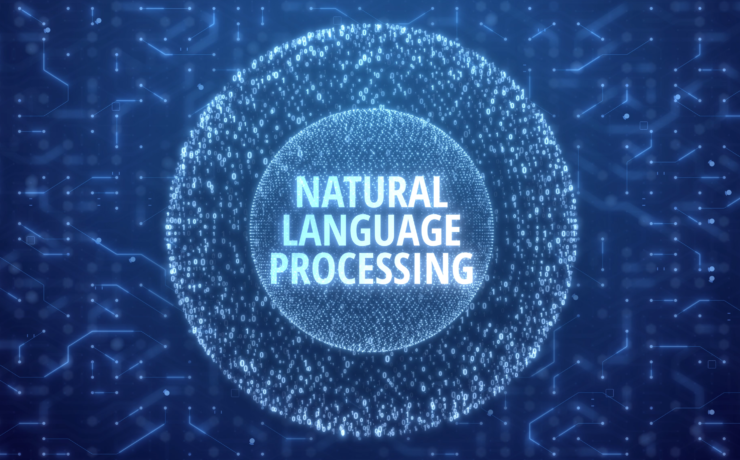
What is Natural Language Processing (NLP)?
Natural Language Processing (NLP) is a field of artificial intelligence (AI) that focuses on the interaction between computers and human language. The goal of NLP is to enable computers to understand, interpret, and generate human language in a way that is natural for humans. This article provides a detailed technical overview of NLP, including its basic concepts, techniques, applications, and challenges. Basic Concepts of NLP Syntax and Semantics Syntax: Deals with the structure of sentences. In NLP, syntax is used to analyze and process the grammatical structures of text, such as parts of speech (nouns, verbs, adjectives, etc.) and their relationships. Semantics: Concerns the meaning of words and sentences. In NLP, semantics involves analyzing word meanings in context, enabling the understanding of text content. Morphology and Lexicography Morphology: Studies the structure and formation of words. In NLP, morphological analysis breaks down words into their basic components, such as roots, prefixes, and suffixes. Lexicography: Involves compiling and analyzing dictionaries. In NLP, lexical databases like WordNet provide information about words, their meanings, and their relationships. Key NLP Techniques TokenizationTokenization is the process of dividing text into smaller units called tokens. Tokens can be words, phrases, or even individual characters. Tokenization is a fundamental step in many NLP tasks, such as sentiment analysis, text classification, and information extraction. Lemmatization and Stemming Stemming: Reduces words to their root forms. For example, “running” and “ran” are reduced to the root “run”. Lemmatization: Similar to stemming but considers grammatical and contextual factors to achieve the correct base form of a word, called a lemma. For example, “better” is lemmatized to “good”. Part-of-Speech (POS) TaggingThis technique labels each word in a text with its part of speech, such as noun, verb, adjective, etc. POS tagging is crucial for syntactic analysis and other NLP tasks. ParsingParsing analyzes the syntactic structure of sentences. It creates a tree structure representing the grammatical relationships between words. There are two main types of parsing: Dependency Parsing: Focuses on the relationships between words in dependency structures. Constituency Parsing: Analyzes sentences according to phrase structures and hierarchical relationships. N-gramsN-grams are sequences of n consecutive tokens (words or characters) in a text. N-grams are used for language modeling, text prediction, and frequency analysis of word sequences. Applications of NLP Machine TranslationMachine translation is the automatic translation of text or speech from one language to another. Modern approaches to machine translation often use deep learning techniques and neural networks, such as transformers. Speech RecognitionSpeech recognition converts spoken language into text. This technology is the foundation for voice assistants like Siri and Google Assistant. Sentiment AnalysisSentiment analysis identifies and extracts subjective information from text, such as emotions and opinions. It is used in marketing, customer support, and social media analysis. Text SummarizationAutomatic text summarization generates a shortened version of a long text while preserving key information. There are two main types of summarization: Extractive Summarization: Selects important sentences or phrases from the original text. Abstractive Summarization: Generates new sentences that summarize the main ideas of the text. Chatbots and Virtual AssistantsNLP is widely used in chatbots and virtual assistants, which communicate with users in natural language and provide information, support, or entertainment. Challenges in NLP AmbiguityNatural language is full of ambiguities, where one word or sentence can have multiple meanings. For example, the word “lock” can mean a security device or a piece of hair. Recognizing the correct meaning requires contextual analysis, which is a complex task for NLP systems. Language VariabilityHuman language is highly variable and dynamic, with different dialects, slang, and neologisms. NLP systems must adapt to these changes and diversity, requiring constant updates and training on new data. Context and SemanticsUnderstanding long texts and context requires deep semantic analysis. Maintaining context in long conversations or documents is challenging for NLP systems and requires advanced techniques like recurrent neural networks (RNNs) or transformers. MultilingualismEfficient processing of multiple languages is another significant challenge. Models must understand and generate text in various languages, requiring extensive training on multilingual datasets and mastering different grammatical and syntactic rules. The Future of NLP The future of NLP promises further advancements in understanding and generating natural language. New models and algorithms are expected to better grasp context, maintain consistent conversations, and provide personalized interactions. Developments in deep learning and neural networks, such as transformers and attention mechanisms, will play a key role in the continued progress of NLP.



